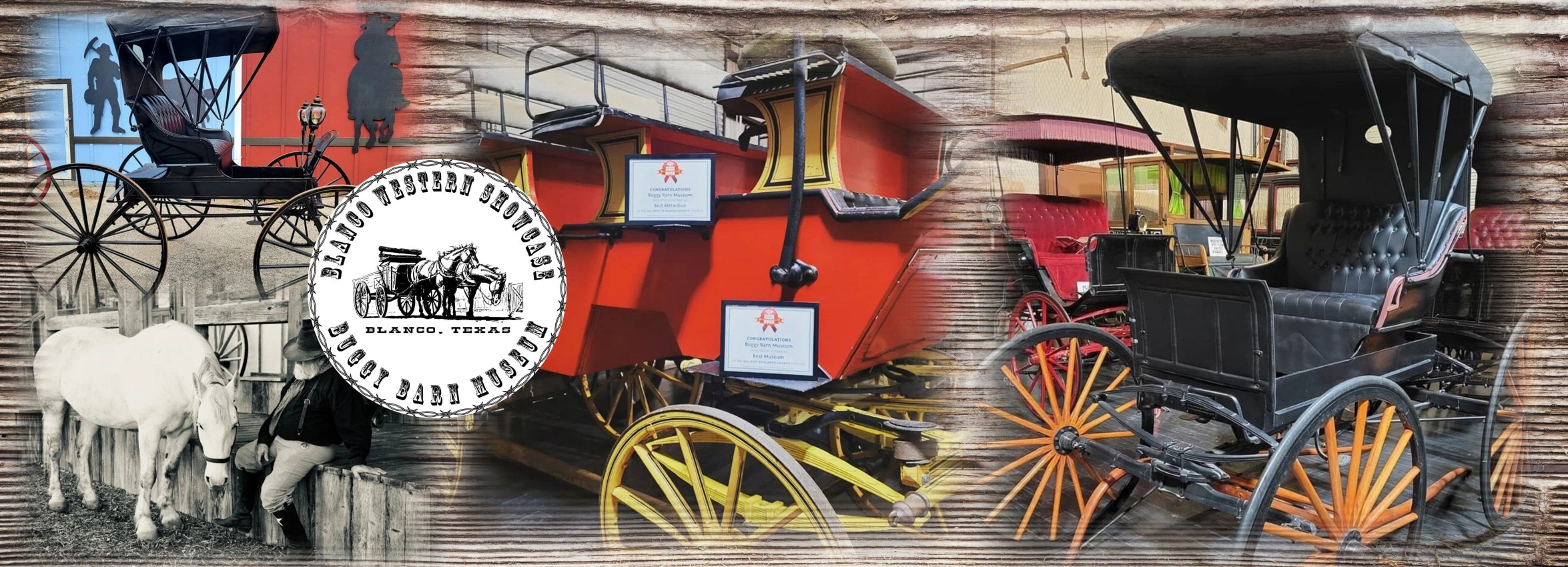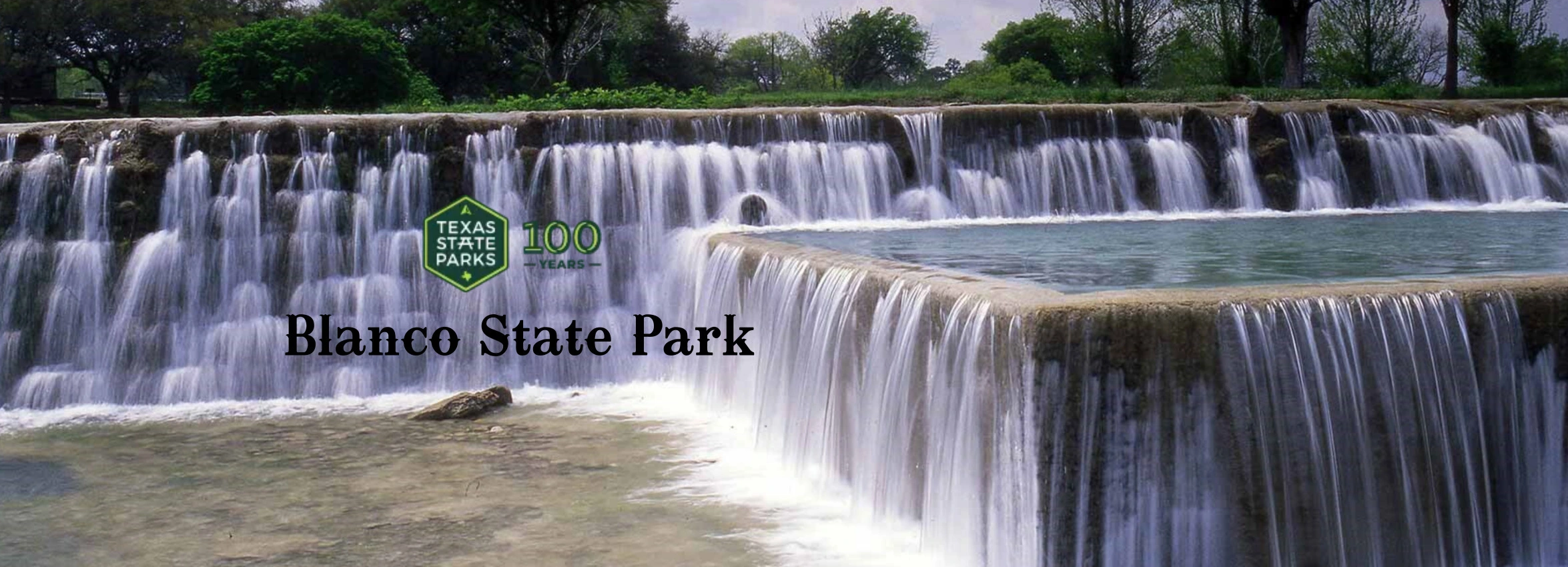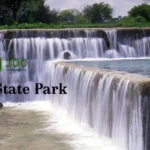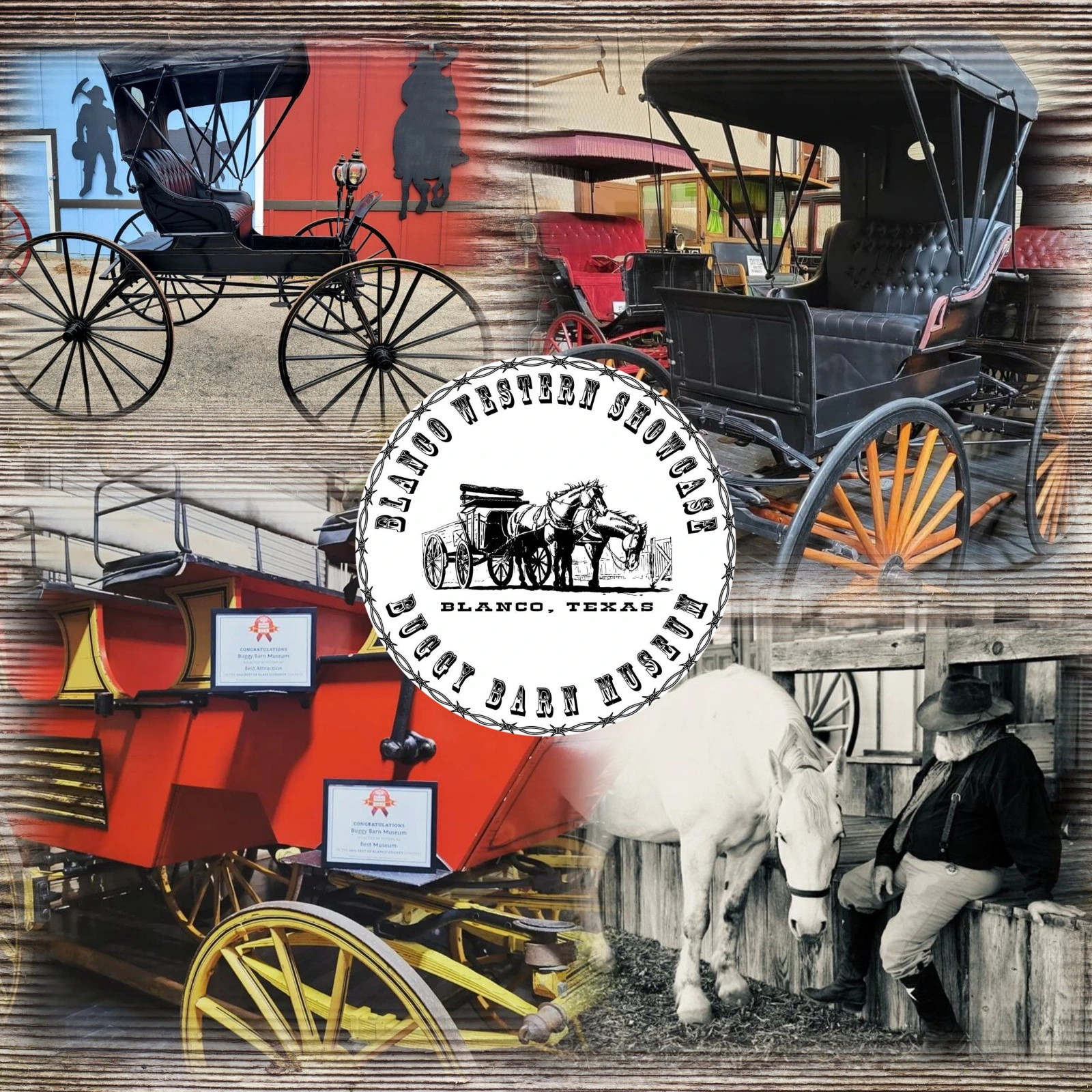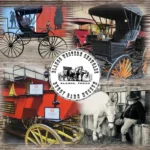The Enriched Tapestry: History of Blanco, Texas
Blanco, known as the “Lavender Capital of Texas,” is nestled in the heart of the Texas Hill Country. Yet, beyond its scenic beauty and aromatic fields, Blanco boasts a rich tapestry of history that has shaped its identity. Let’s embark on a journey through time to unravel the intriguing history of Blanco, Texas.
1. Origins: The Early Settlers
Before it became the charming town we know today, the area around Blanco was home to various Native American tribes, including the Apaches and Comanches. However, in the mid-1800s, pioneers and settlers began to arrive, drawn by the fertile land and the promise of a new life.
2. The Naming of Blanco
The town gets its name from the Blanco River, which translates to “white” in Spanish. Named by the early Spanish explorers, the river’s clear waters played a crucial role in the town’s establishment and growth.
3. Blanco County’s Birth
In 1858, Blanco County was officially established, carved out from parts of Comal, Hays, Burnet, and Gillespie counties. Blanco was designated the county seat, a position it held until 1890 when Johnson City took over the role.
4. The Flourishing 1870s
The 1870s marked significant growth for Blanco. The Blanco Courthouse, an iconic limestone structure, was erected in 1885, symbolizing the town’s progress. Around this time, businesses began to flourish, with the establishment of mills, stores, and hotels.
5. The Role of the Blanco River
The Blanco River wasn’t just a namesake; it was the lifeblood of the community. Providing essential resources, the river facilitated agriculture, powered mills, and even acted as a recreation spot for locals.
6. The Lavender Boom
While initially not synonymous with Blanco, lavender farming kicked off in the early 2000s. Today, Blanco is renowned for its lavender fields and the annual Blanco Lavender Festival, attracting thousands of visitors.
7. Historic Landmarks
Blanco is peppered with landmarks that echo its rich history. From the Blanco Historic District to the old Blanco County Jail, these sites serve as tangible reminders of Blanco’s storied past.
8. The Challenges: Fires and Floods
Blanco’s journey wasn’t always smooth. The town faced its fair share of challenges, from devastating fires in the 1900s to periodic floods from the Blanco River. Yet, with each setback, the community’s resilience shone through, rebuilding and bouncing back stronger.
9. Modern-Day Blanco
While deeply rooted in its history, Blanco has evolved into a modern town, balancing growth with preservation. The town now boasts a vibrant arts scene, breweries, and a thriving tourism industry, all while holding onto its historic charm.
10. Blanco’s Legacy
Many families in Blanco trace their roots back several generations. They hold the stories, traditions, and memories that continue to shape the town’s identity. The rich oral histories, combined with documented accounts, paint a vivid picture of Blanco’s evolution.
Conclusion
The history of Blanco, Texas, is more than just dates and events; it’s a tale of determination, resilience, and community spirit. From its Native American roots to its modern-day avatar, Blanco has continuously evolved, adapting to challenges and seizing new opportunities. As visitors walk its streets, visit its landmarks, or relax by the Blanco River, they are participating in a story that has been centuries in the making. The town’s history is a testament to the enduring spirit of its people and serves as an inspiration for future generations.
